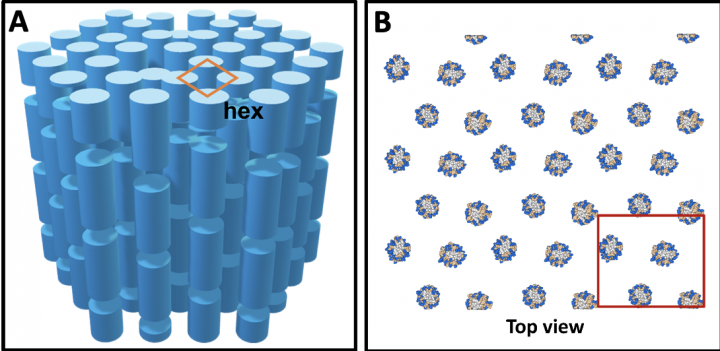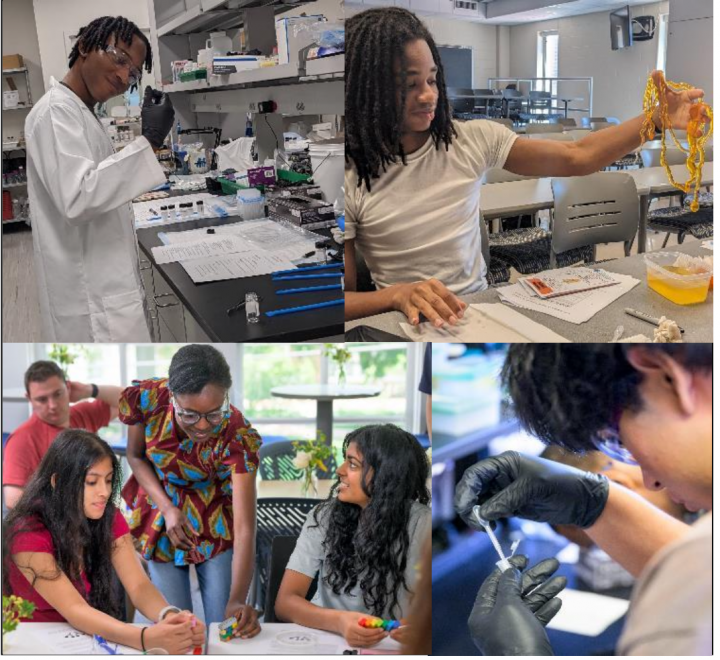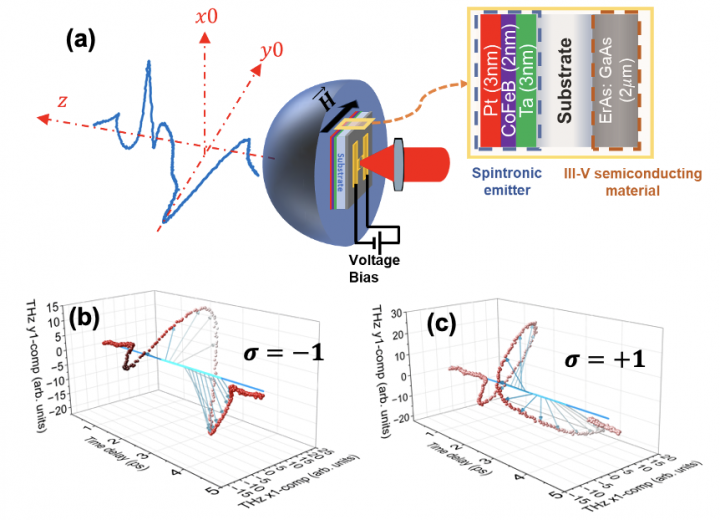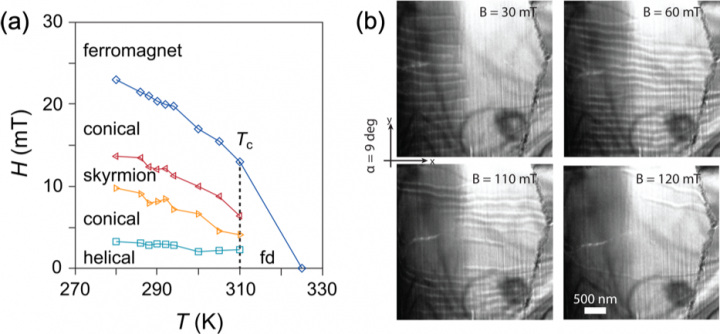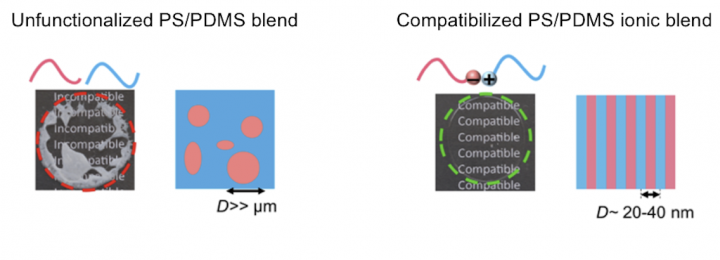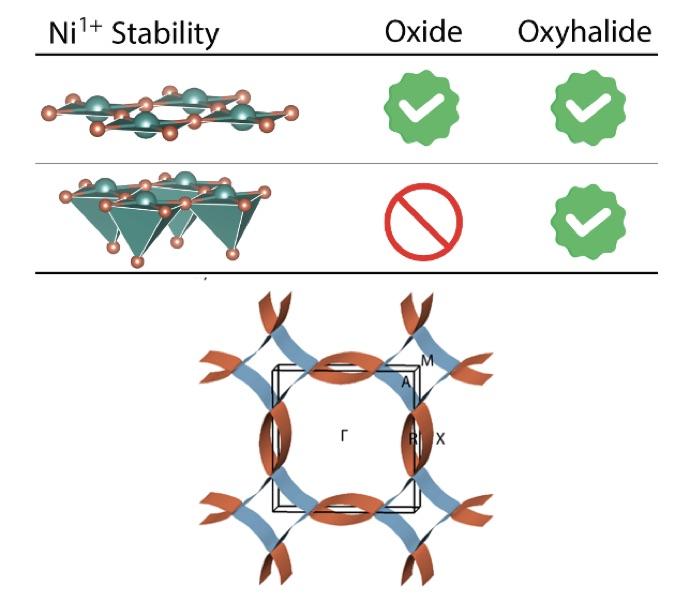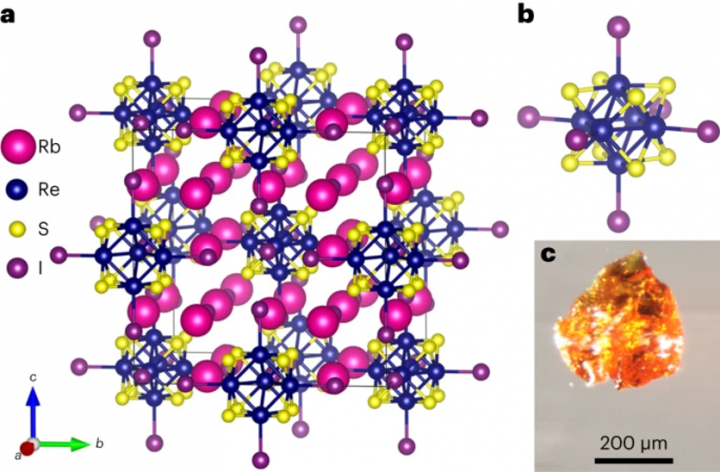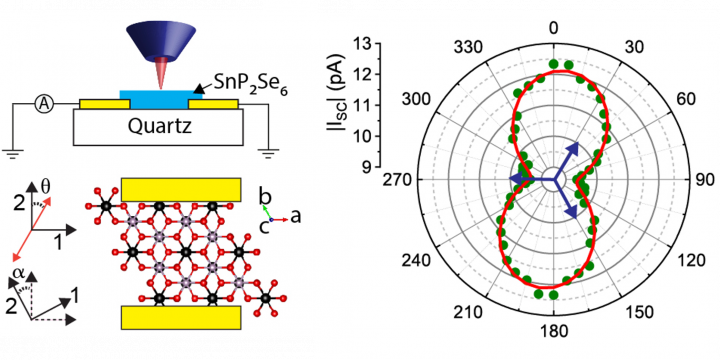The recent Quantum Materials and Machine Learning Workshop brought together 22 invited speakers and in total 50 graduate students, postdoc, faculty attendees from 18 different institutions for an intensive exploration of cutting-edge developments at the intersection of quantum physics, materials science, and machine learning. The program featured established researchers alongside three postdoctoral fellows, fostering meaningful dialogue between different career stages.


